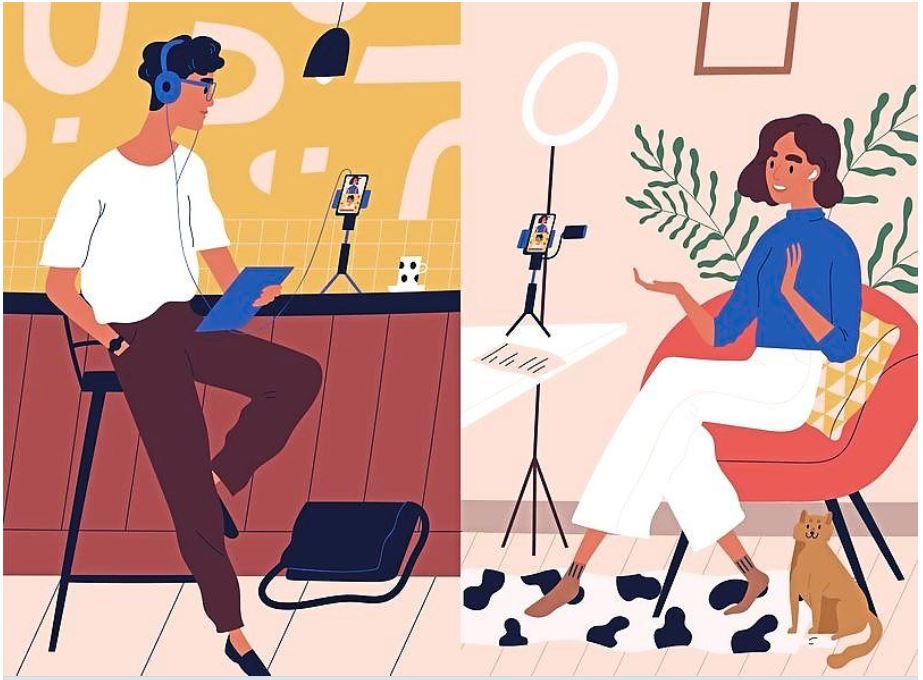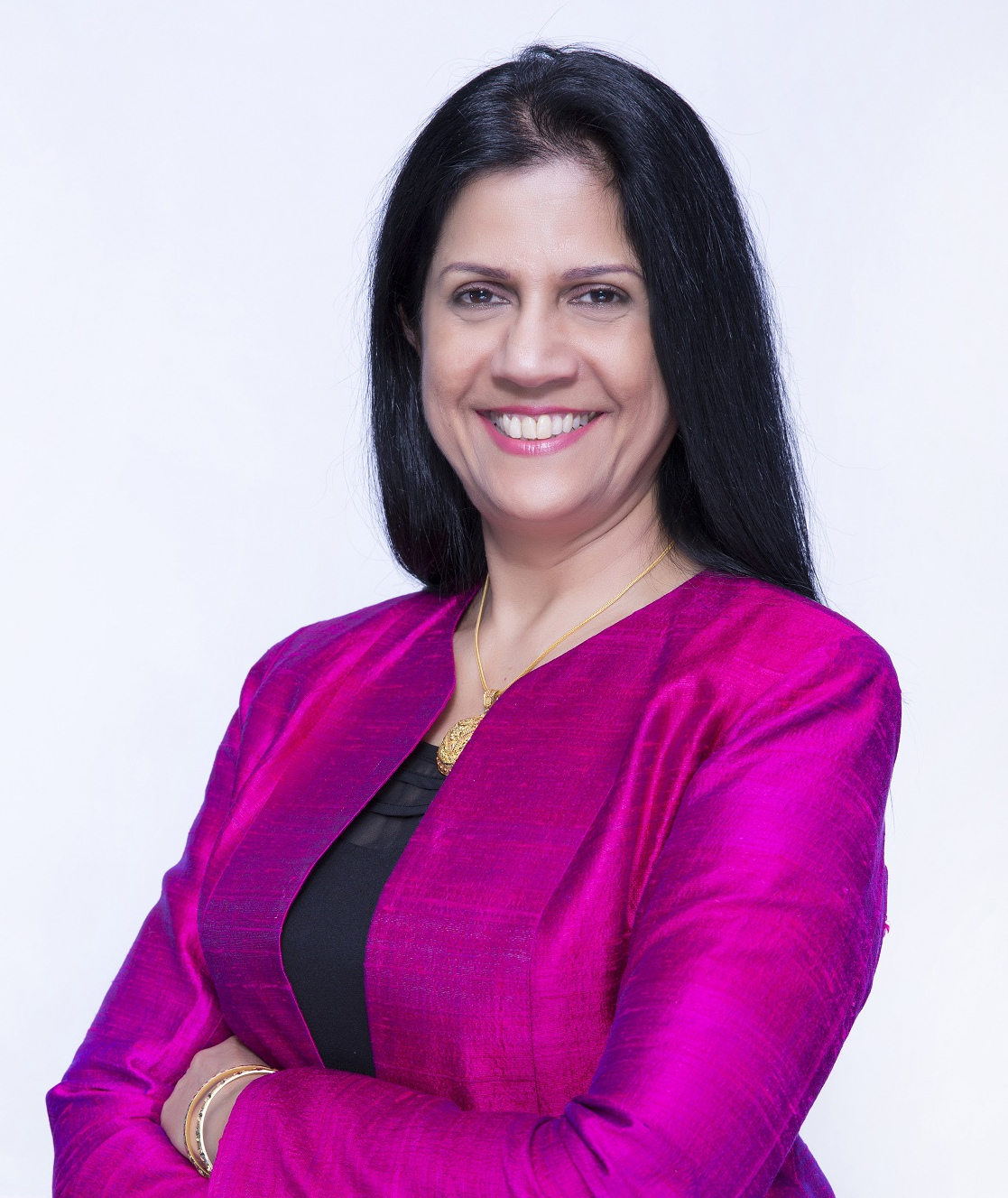You are here
Rise Of Hybrid Learning
Factors that ensure successful implementation by: Prof Dr Abtar Kaur

Indispensable: Digital and interactive tech can boost student engagement. – 123rf.com
THE Covid-19 pandemic took the world by storm, forcing every industry to rethink the way it operates.
To preserve the continuity of learning, educational institutions began to incorporate instructional and communication technologies into learning to connect teachers to students, support the delivery of learning content, and facilitate engagement, learning and assessment – in both physical as well as remote settings.
Soon, hybrid learning (HL) – along with online learning, e-learning, distance learning, and blended learning – became the buzzwords that described the new normal in education.
To put it simply, HL is an approach where remote and in-class learning takes place using instructional technologies.
In HL environments, technologies connecting teacher and learners can be as basic as synchronous software (Zoom, Microsoft Teams, Google Classroom, Blackboard Collaborate) or as sophisticated as tracking cameras, visualisers (document cameras), interactive control boxers (HDMI switch boxes), flex-room monitors (touchscreen monitors), smart boards (digital whiteboards), and augmented and virtual realities.
Immersive learning
A HL environment (HLE) is a virtual learning experience that promotes a higher level of engagement and helps create a more immersive learning experience for both in-class and remote students.
The planning and implementation of an HLE takes into consideration the nature of the course content, learning outcomes, assessment approaches, student attributes, learning preferences and styles, as well as teachers’ management skills and ability to curate digital learning experiences using various emerging technologies.
Designing an effective HLE is critical to the success of HL initiatives as it creates the bridge between three distinct learning spaces which occur congruently: the teacher’s space; the space of in-class students; and the learning spaces of remote students.
Here, the role of digital technologies is indispensable as these can drive and facilitate the delivery of, and access to, educational resources; interactive technologies can enhance learner engagement; and social software technologies can boost student engagement.
Designing pedagogy
Communicative technologies which support HL implementation in the classroom promote a more learner-centric, collaborative approach to education.
The availability of free resources (open educational resources) and the integration of technologies in the classroom have inspired a new sense of autonomy among students.
A pedagogical shift which takes into consideration the learning needs and aims of students, with a focus on greater personalisation and adaptation of learning, is critical for the success of HL initiatives.
Learning must be more accessible to learners at any time and from any place.
Greater importance should be given to collaboration and the use of sophisticated technologies to create learning experiences that allow learners a more immersive, experiential and involved experience.
The teacher embraces the role of a coach or mentor, helping students to learn from behind the scenes.
Learners are encouraged to self-study and form peer groups to facilitate their own learning discoveries. They are assessed not only through quizzes, tests and exams, but also through content creation and curation, peer-to-peer assessment, and self-reflection, which can be done with the help of automated or semi-automated assessment software.
Artificial intelligence (AI) systems will be useful in ensuring that both in-class and remote students are seamlessly engaged with each other.
Smart ecosystems
In HL classrooms, teachers (content knowledge), learners, pedagogical designs and technology converge for impactful learning and a transformative educational experience.
When designing a more cohesive and smarter hybrid learning ecosystems, we must ask ourselves:
Teachers
• How can we better support the upskilling of teachers through communities of practice and digital learning templates?
• How can we better support teachers by creating AI-supported learning agents for quality teaching and learning?
• How can we assist teachers to transition psychologically into the role of mentors and coaches?
Students
• How can we use technology to boost the engagement and collaboration of remote students and in-class students simultaneously?
• How can the students’ social and psychosocial skills development be taken into consideration during instructional or learning design?
• To what extent can learning be customised and personalised to fit the specific learning styles, needs and goals of students?
Pedagogy
• How can emerging pedagogical design incorporate the right blend of traditional and virtual learning, and a mix of online and offline resources for more comprehensive HL implementation?
• How can HL pedagogy promote a more student-centric, collaborative approach through innovative and technology-assisted learning and assessment approaches?
• How can pedagogy expand to include various learning principles, theories and practices to design effective and contextual learning approaches, content, activities and assessment?
Technology
• How can we facilitate teacher and student training on the use of digital technologies in HL classrooms?
• How can we integrate modern technologies such as tracking cameras, exam proctoring technologies, virtual reality, and personal digital assistant devices into HL classrooms?
• How can we be more intentional in the kind of technologies that are integrated into HL classrooms, considering challenges like feasibility, affordability, usability and merit?

Prof Dr Abtar Kaur is a professor of innovative digital learning at Asia Pacific University of Technology & Innovation (APU). She obtained a Master of Science in Instructional Design, Development and Evaluation from Syracuse University in the United States, and a PhD in Web-Based Learning from Universiti Malaya. Abtar did her post-doctoral research (Fulbright) at Indiana University, the US. The views expressed here are the writer’s own.
To find out this column writing in the Star Educate, please click –
https://www.thestar.com.my/news/education/2021/11/28/rise-of-hybrid-learning


